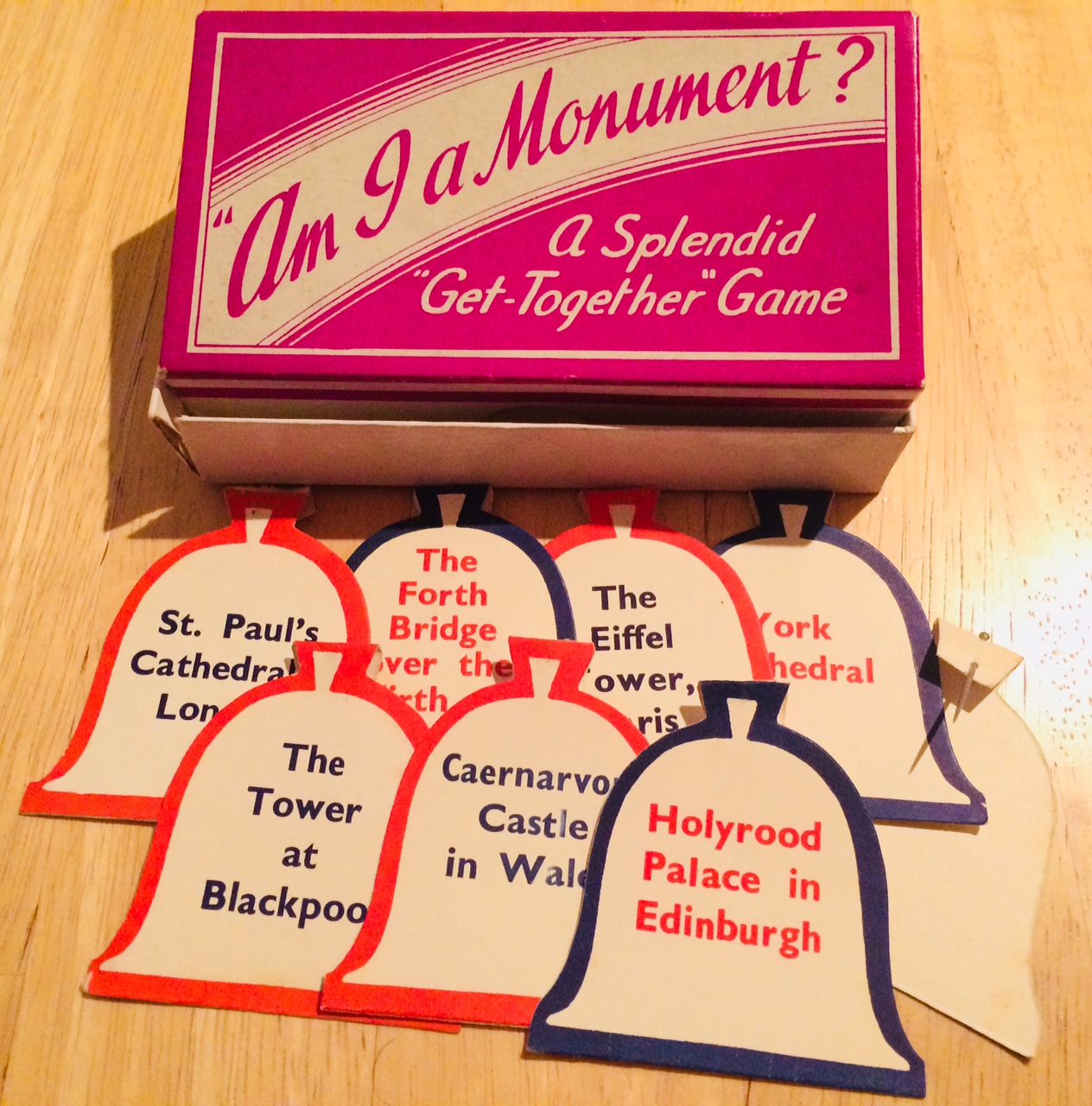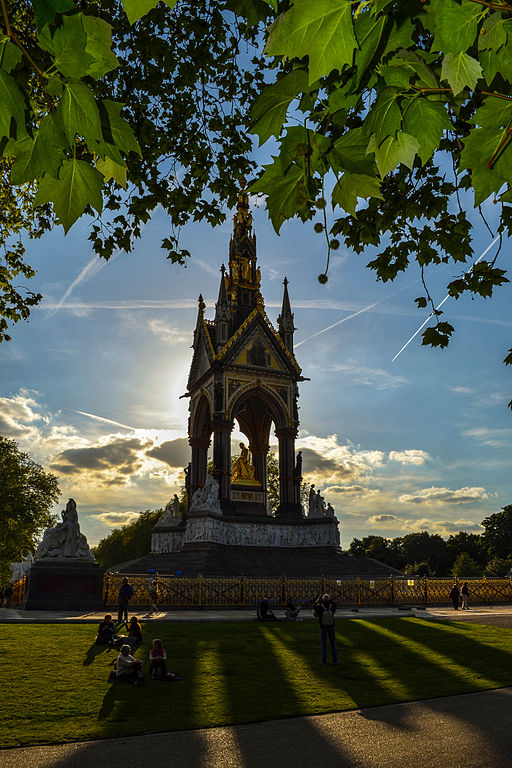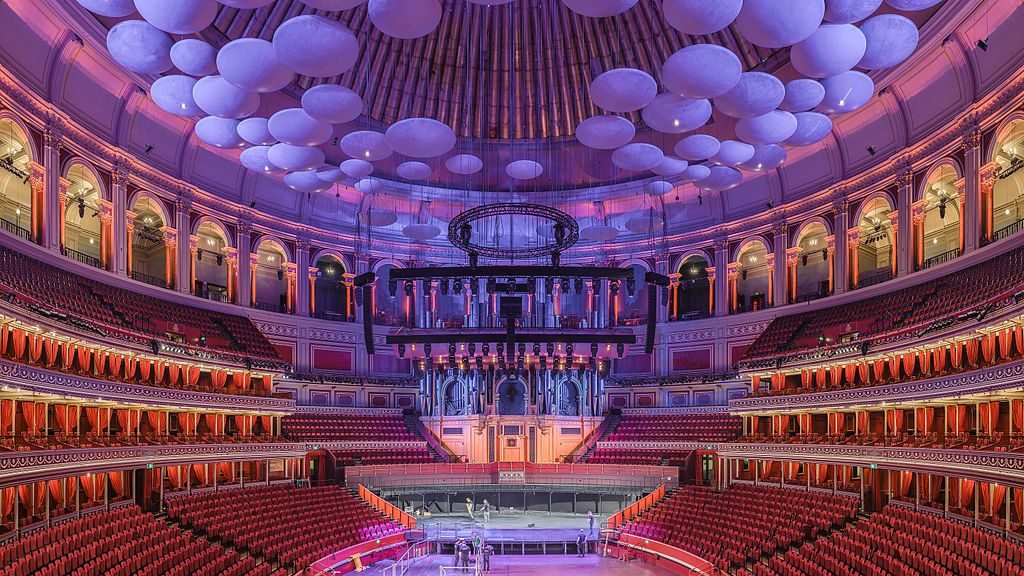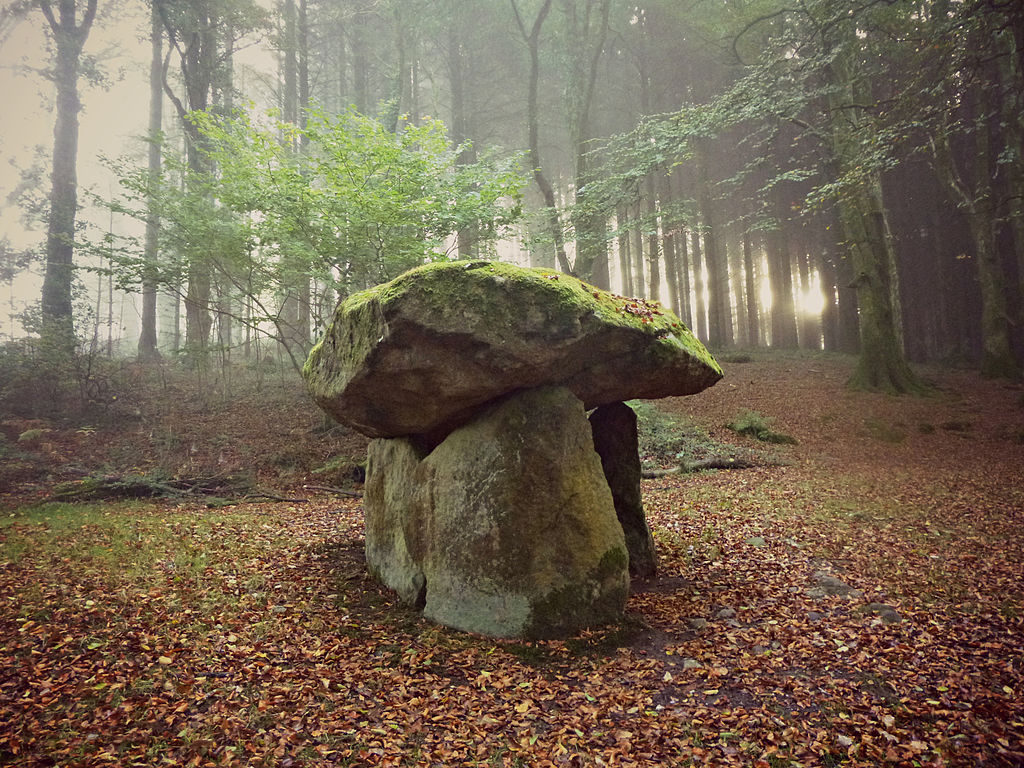Picturing Scotland with Wiki Loves Monuments
By Sara Thomas, Scotland Programme Coordinator at Wikimedia UK and formerly Wikimedian in Residence at Museums Galleries Scotland.

In 2015-16 I was the Wikimedian in Residence for Museums Galleries Scotland, training museum staff to edit Wikipedia, and generally being enthusiastic about open knowledge to anyone who would listen. These days I’m continuing that work in my new role as Scotland Programme Coordinator for Wikimedia UK, working with all kinds of organisations to open up Scotland’s culture and heritage to a global audience. And in September, that means Wiki Loves Monuments.
Wiki Loves Monuments is an international photo competition – the world’s largest – that aims to make high quality openly licensed images of the world’s listed buildings and scheduled monuments available to anyone in the world, through Wikimedia Commons. And as you can see from this interactive map, there’s rather a lot of Scotland missing. I’d like to turn some of those red pins blue. Actually, I’d like to turn rather a lot of them blue. Which is where you come in.
Picturing Scotland
There are prizes for the top 3 images in Scotland (sponsored by Wikimedia UK and Archaeology Scotland), as well as the top 10 images in the UK. The latter then go forward to the international competition. Last year a Scottish image came second in the UK competition and I hope we can match that.
You can take a look at what’s already been submitted here. Currently we’re holding our own against England, Wales & Northern Ireland, but there are still three weeks to go…
Why you should get involved
Encouraging the creation of openly-licensed cultural heritage resources is a natural extension of museums’ existing commitment to outreach. Helping to preserve those items for future generations. The recent fires at both the National Museum in Rio de Janeiro, and the Mackintosh Building at the Glasgow School of Art are tragic reminders of how quickly key parts of our history and culture can be lost. The New Palmyra project has shown how valuable digital reconstruction can be. Wikipedia is encouraging people to contribute to the movement to digitally reconstruct the contents of the Rio museum, by donating images to Wikimedia Commons.
Images on Wikimedia Commons are licensed most commonly under a CC-BY-SA license. (Creative Commons Attribution Share Alike), which means that anyone can use those images, as long as they attribute them to the person who took them, and share using the same license. This means that anyone – schools, students, and the general public, can access, learn from, and re-use these images for free. The images can also be used on any of Wikipedia’s sites – available in nearly 300 languages worldwide, and view-able by a global audience. Many museums are now releasing images of out of copyright works into the digital commons, like the Rijksmuseum, or the National Library of Wales (NLW) adding 10,000 images to Wikimedia Commons over the last 4 years. Over 455 million people have seen images from NLW that have been added to Wikipedia articles!
How you can get involved
Do you work in, or live near a listed building or scheduled monument? Have you visited any recently? Is there a picture of it in our database? (Again, you can use our interactive map to check.) Pictures don’t have to have been taken in September – just uploaded in September – to be eligible for the competition.
All you need is a camera (or indeed, camera phone), and a Wikimedia Commons account (very easy to set up, and if you already have a Wikipedia account, you don’t even need to do that), and you’re ready to go. There are full instructions here about how to make your submission. Check out the video below from Wikimedia UK which shows how simple it is to take part.
Do you have a group of volunteers in your museum who are interested in photography, or perhaps you have a heritage walk of your local area planned? Are some of your staff are keen photographers? Is a picture of your museum in the database? If not, now is a perfect chance to add one.




